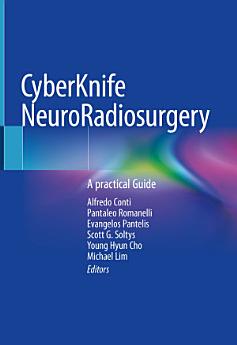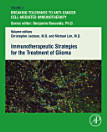Giới thiệu về sách điện tử này
Giới thiệu tác giả
Alfredo Conti is an Associate Professor of Neurosurgery at the University of Bologna, Italy and resident researcher at the Charité Faculty of Medicine, Berlin, Germany. In 20 years of academic activity, Dr. Conti has published more than 200 international papers , most in the field of stereotactic and functional neurosurgery.
Evangelos Pantelis is an Assistant Professor at the Medical Physics Laboratory, Medical School National and Kapodistrian University of Athens (Gr). He was EU Marie Curie stipend fellow at the Dept. οf Medical Physics & Engineering at the Johann Wolfgang Goethe Universität, Germany. His research interests include quality assurance in brachytherapy, radiosurgery and IMRT radiation therapy applications. With experience in robotic radiosurgery dating back to 2010, he has authored more than 50 international papers.
Pantaleo Romanelli is Scientific Director for Brain Radiosurgery at the Cyberknife Center, Centro Diagnostico Italiano (CDI), Milan, Italy. He has an extensive experience in CyberKnife radiosurgery dating back to early 2000. He started his training at New York University in 2001 and completed his stereotactic and functional neurosurgery training at Stanford (Ca, USA), as part of the team that developed the CyberKnife. He was then consultant for several CyberKnife Centers worldwide, Consulting Professor at the Department of Neurosurgery at Stanford University (USA) and Scientist at the European Synchrotron Radiation Facility, (Grenoble, FR). He has published more than 100 papers.
Scott G. Soltys is Associate Professor of Radiation Oncology at the Department of Radiation Oncology, Stanford University Cancer Center (USA). He has authored a number of fundamental articles on the clinical applications of Cyberknife and, as a member of Stanford team he contributed to the development of some of the most innovative applications of Cyberknife. His clinical and research interests focus on the development of new radiation techniques involving stereotactic radiosurgery and radiotherapy for the treatment of malignant and benign tumors of the brain and spine and functional disorders such as trigeminal neuralgia.
Young Hyun Cho is an Associate Professor of Neurosurgery at the Department of Neurological Surgery, Asan Medical Center, Seoul, South Korea. With over 10 years of experience in stereotactic radiosurgery (Cyberknife and Gamma Knife), he has authored more than 50 papers. He has interest and expertise in neuro-oncology, radiobiology, small animal models for stereotactic radiosurgery, and image fusion.
Michael Lim is a Professor of Neurosurgery, Oncology, Otolaryngology, Radiation Oncology and Radiation Molecular Sciences at The Johns Hopkins University School of Medicine (Baltimore, USA). He was part of the Stanford team that developed the CyberKnife in the early 2000’s. In addition totreating spinal tumors, he is an expert on the treatment of brain tumors, arteriovenous malformations, and trigeminal neuralgia with radiosurgery. Dr. Lim's primary research interest involves immune-based therapies for brain tumors. He authored more than 200 scientific publications and tens of book chapters.






